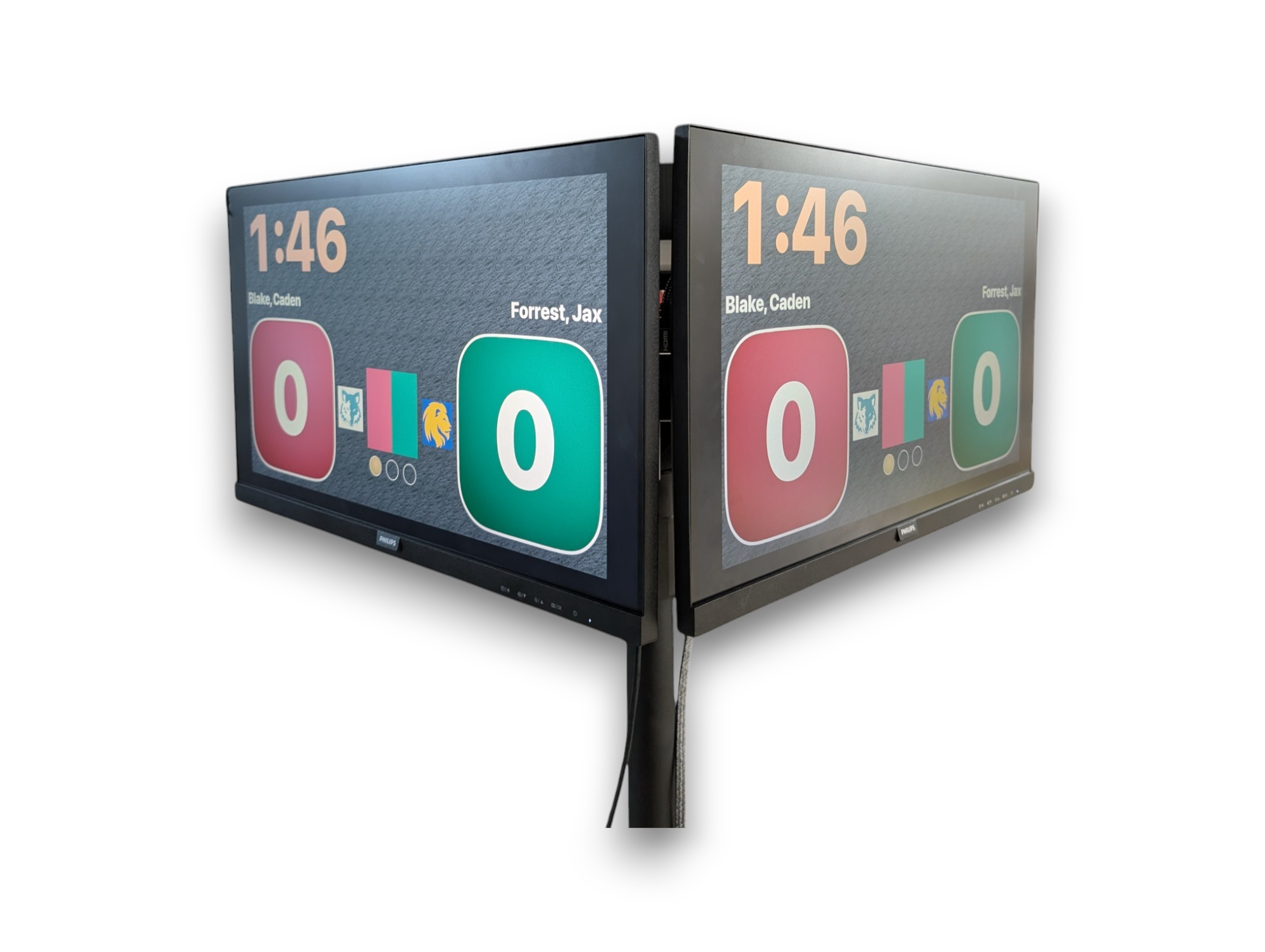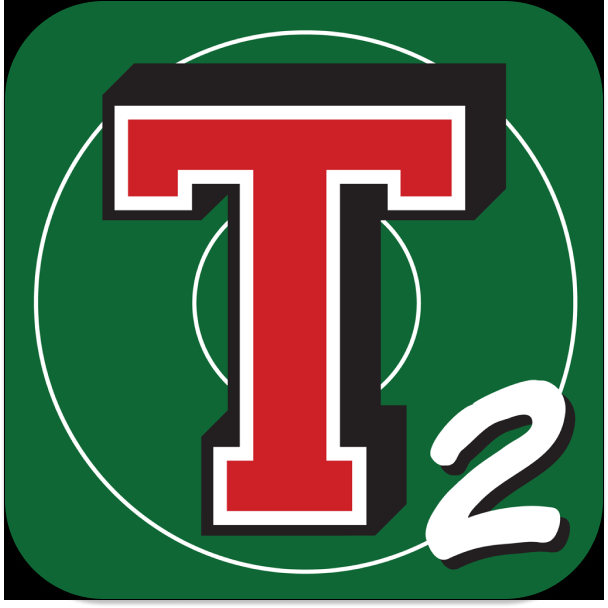Timely Updates for
Takedown Scoring and Stats Users

Introducing Takedown Advantage
Affordable, simple and convenient. A scoreboard for any wrestling team.

Game Day Checklist
Spend a few minutes making sure Takedown is configured to help you succeed.

Avoid the Season Start Blues
There’s always a hiccup at season start. Here’s how to smooth it out.


